Events
Events Calendar
Physics Force Public Shows
Saturday, Jan. 15, 2022, 11 a.m.
Physics Force is back and ready for some fun new shows in January 2022! The auditorium shows will feature all the fun big demos, bringing the wonders of physics to life in an educational and spectacular display.
There will be two public shows: 11:00 a.m. and 2:00 p.m. on Saturday, January 15, 2022.
Intended for all ages, the shows are free and open to the public. Registration/tickets are required.
Physics Force is supported by the School of Physics and Astronomy, the Dean of the College of Science and Engineering, and the University of Minnesota's Materials Research Science and Engineering Center (MRSEC). Physics Force is sponsored by a gift from the 3M Company.
Workshop: Open Challenges in the Theory of Strongly Correlated Electron Systems
Thursday, Dec. 16, 2021, 9 a.m. through Sunday, Dec. 19, 2021, Noon
Registration information (by invitation only)
Organized by Professors Andrey Chubukov, University of Minnesota and Professor Dmitrii Maslov, University of Florida.
Colloquium: A Physicist Gets Down to Business: From Quarks to Improving Healthcare
Thursday, Dec. 9, 2021, 3:35 p.m. through Thursday, Dec. 9, 2021, 4:35 p.m.
Tate B50/remote option via zoom
Abstract: I was doing pretty well in my particle physics research when something happened to change everything: Former students came back to ask me to work with them in industry. They wanted me to help solve problems using physics skills they knew I had from the classes they took with me. I will detail examples of how we solved problems largely involving the magnetic field physics of MRI, and in performance optimization with rather old-fashioned analytical modeling of hardware coil products. One example is going from the functional analysis of quantum field theory to the manufacturing of optimized gradient magnetic field coils. It will be fun to intersperse stories such as how this industrial problem solving and successful start-up businesses fed back into my teaching, textbook writing, getting jobs for more students in more ways than I can count, and understanding the need for “soft skills.”
Colloquium: Michel Janssen on The Einstein-Besso manuscript on the perihelion of Mercury
Thursday, Dec. 2, 2021, 3:35 p.m. through Thursday, Dec. 2, 2021, 4:35 p.m.
B50 John T. Tate Hall/remote option
This colloquium will have a remote option via zoom:
https://umn.zoom.us/j/94831171860
Colloquium: Jie Shan, Cornell University
Thursday, Nov. 18, 2021, 3:35 p.m. through Thursday, Nov. 18, 2021, 4:35 p.m.
via Zoom: https://umn.zoom.us/j/94831171860
Abstract: When two van der Waals materials of slightly different orientations or lattice constants are overlaid, a moiré pattern emerges. The moiré pattern introduces a new length scale, many times the lattice constant of the original materials, for Bragg scattering of Bloch electrons in each layer. This gives rise to moiré minibands and rich emergent quantum phenomena. In this talk, I will discuss recent experiments on angle-aligned semiconductor heterobilayers, which exhibit remarkable correlated insulating states [1,2,3]. I will also discuss the prospect of using moiré superlattices as a quantum simulator. 1. Y. Tang et al., Nature 579, 353-358 (2020).
2. Y. Xu et al., Nature 587, 214–218 (2020).
3. C. Jin et al., Nat. Mater. 20, 940-944 (2021).
Women in Astronomy and Physics Lecture Series (WAPHLS): Cacey Bester, Swarthmore College
Tuesday, Nov. 16, 2021, 5:30 p.m. through Tuesday, Nov. 16, 2021, 6:30 p.m.
Remote talk with viewing party (details below)
Abstract: Examples of granular materials exist in abundance, from rice and cereal to sand and rocks. These particulate systems seem simple; they consist of dry, rigid grains interacting by contact forces. However, granular materials present complexities that are not well-understood, such as disordered force networks that transmit forces among grains and flow behavior that can readily change between solid-like rigidity and fluid-like flow. Impact of a granular target by a solid projectile illustrates both of these aspects. In this talk I will discuss impact experiments in which we use high-speed video photography to probe the unique features of a granular medium.
Zoom and Viewing Party: The speaker will be on Zoom, but WIPA will have a viewing party in Tate 301-20 with coffee, tea, hot chocolate, and stroopwafels. Zoom here: https://sites.google.com/umn.edu/wipaumn/waphls
Colloquium: Looking for new physics with neutrinos
Thursday, Nov. 11, 2021, 3:35 p.m.
B50/remote option (link below)
Looking for new physics with neutrinos: MicroBooNE first results and beyond
Abstract: Pioneering results from the MicroBooNE experiment shed new light on perplexing anomalies observed in short-distance neutrino physics. These new results from MicroBooNE answer some questions and raise others. MicroBooNE has launched us into a new era of liquid-argon-based new physics in the neutrino sector.
Zoom:
https://umn.zoom.us/j/94831171860
Colloquium: NASA's Juno Mission to Jupiter – Extended!
Thursday, Nov. 4, 2021, 3:35 p.m. through Thursday, Nov. 4, 2021, 4:35 p.m.
Remote via Zoom (link below)
Abstract: Juno’s principal goal is to understand the origin and evolution of Jupiter. Underneath its dense cloud cover, Jupiter safeguards secrets to the fundamental processes and conditions that governed our solar system during its formation. As our primary example of a giant planet, Jupiter can also provide critical knowledge for understanding the planetary systems being discovered around other stars. With its suite of science instruments, Juno is investigating the interior structure, mapping Jupiter's intense magnetic field, measuring the distribution of water and ammonia in the deep atmosphere. JUNO is also the first spacecraft to fly over Jupiter’s aurora and measuring both the energetic particles raining down on the planet and the bright “northern & southern lights” they excite. A huge bonus is the small public outreach camera that is taking fantastic images of Jupiter’s beautiful clouds. The images – some science, some art – are processed and shared by the public around the world. NASA’s JUNO mission was launched in August 2011 and has been in orbit over Jupiter’s poles since 4th July 2016. This spring the mission was extended until late 2025. In this talk I will present the main scientific results to date and what we might might expect to come in the extended mission.
About the speaker: Dr. Fran Bagenal is a research scientist and professor at the University of Colorado, Boulder and is co-investigator and team leader of the plasma investigations on NASA’s New Horizons mission to Pluto and the Juno mission to Jupiter. Her main area of expertise is the study of charged particles trapped in planetary magnetic fields and the interaction of plasmas with the atmospheres of planetary objects, particularly in the outer solar system. She edited the monograph Jupiter: Planet, Satellites and Magnetosphere (Cambridge University Press, 2004). Born and raised in the UK, Dr. Bagenal received her bachelor degree in Physics and Geophysics from the University of Lancaster, England, and her doctorate degree in Earth and Planetary Sciences from MIT (Cambridge, Mass) in 1981. She spent five years as a postdoctoral researcher at Imperial College, London, before returning to the United States for research and faculty positions in Boulder, Colorado. She has participated in several of NASA's planetary exploration missions, including Voyager 1 and 2, Galileo, Deep Space 1, New Horizons and Juno.
Public Lecture: New Science from Merging Neutron Stars
Wednesday, Nov. 3, 2021, 7 p.m. through Wednesday, Nov. 3, 2021, 8 p.m.
Coffman Union Theater (with remote option). See registration page.
New Science from Merging Neutron Stars
From the generation of gold to the expansion rate of the Universe: With the detection of compact binary coalescences and their electromagnetic counterparts by gravitational-wave detectors, a new era of multi-messenger astronomy has begun. In this talk, Professor Coughlin will describe how GW170817, our first example in this new class, is being used to study a diverse variety of dense matter in the Universe and how fast the Universe is expanding. He will then discuss how we are using telescopes to look for more of them and developing models to test what we find. Professor Coughlin will close with future prospects for this new field.
Colloquium: Peter Armitage, Johns Hopkins University
Thursday, Oct. 21, 2021, 3:35 p.m. through Thursday, Oct. 21, 2021, 4:35 p.m.
Tate B50/Remote option via zoom
The 1D Ising model is a classical model of great historical significance for both classical and quantum statistical mechanics. Developments in the understanding of the Ising model have fundamentally impacted our knowledge of thermodynamics, critical phenomena, magnetism, conformal quantum field theories, particle physics, and fractionalization in many-body systems. Despite the theoretical impact of the Ising model there have been very few good 1D realizations of it in actual real material systems. However, it has been pointed out recently, that the material CoNb2O6, has a number of features that may make it the most ideal realization we have of the Ising model in one dimension. In this talk I will discuss the surprisingly complex physics resulting in this simple model and review the history of “Ising’s model” from both a scientific and human perspective. In the modern context I will review recent experiments by my group and others on CoNb2O6. In particular I will show how low frequency light in the THz range gives unique insight into the tremendous zoo of phenomena arising in this simple model system.
C. M. Morris, R. Valdés Aguilar, A. Ghosh, S. M. Koohpayeh, J. Krizan, R. J. Cava, O. Tchernyshyov, T. M. McQueen, N. P. Armitage, "A hierarchy of bound states in the 1D ferromagnetic Ising chain CoNb2O6 investigated by high resolution time-domain terahertz spectroscopy", Phys. Rev. Lett. 112, 137403 (2014).
Julia Steinberg, N. P. Armitage, Fabian H. L. Essler, and Subir Sachdev, "NMR relaxation in Ising spin chains", Phys. Rev. B 99, 035156 (2019).
C. M. Morris, Nisheeta Desai, J. Viirok, D. Hüvonen, U. Nagel, T. Rõõm, J. W. Krizan, R. J. Cava, T. M. McQueen, S. M. Koohpayeh, Ribhu K. Kaul, and N. P. Armitage, "Duality and domain wall dynamics in a twisted Kitaev chain", Nat. Phys. 17 832 (2021).
School News
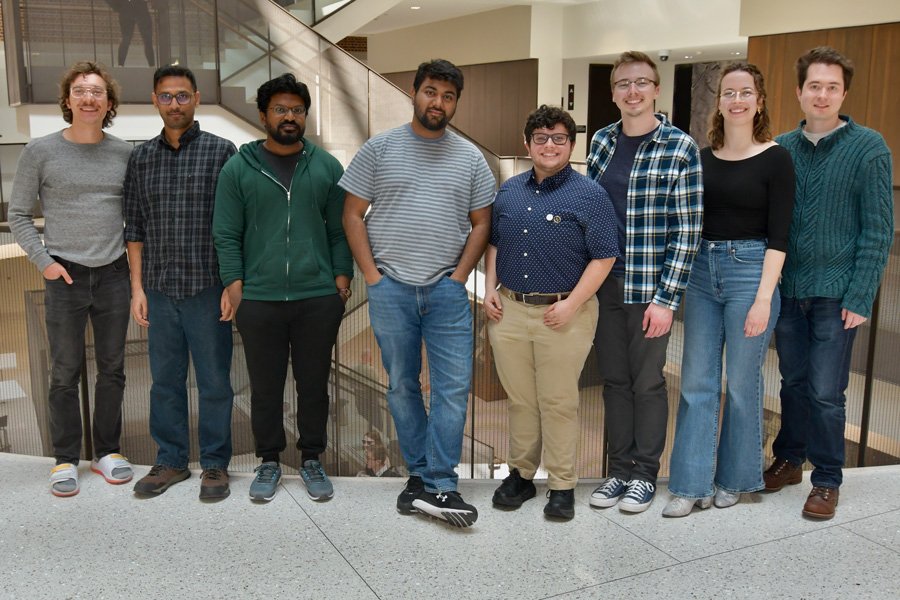
2024 Graduate Awards and Fellowships
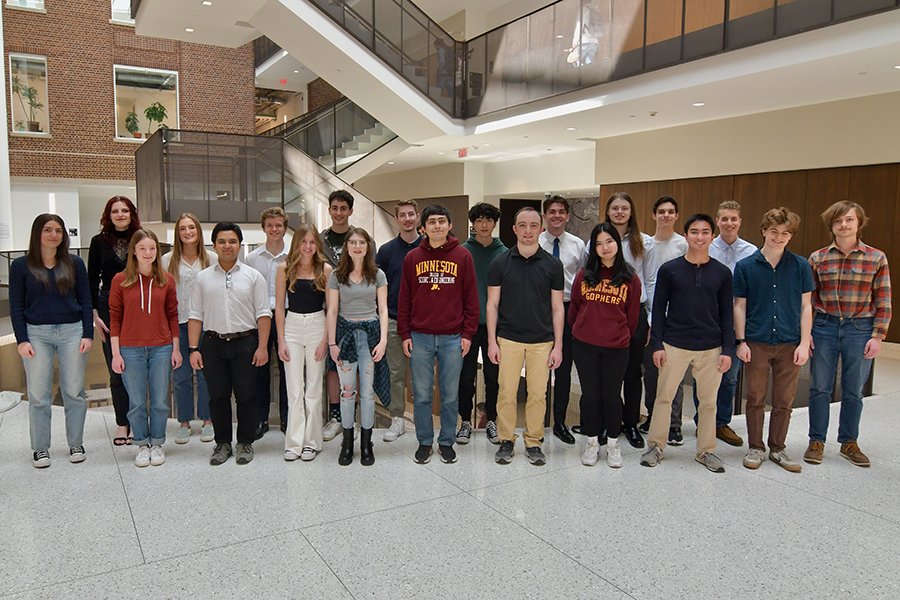
2024 Undergraduate Scholarship Recipients
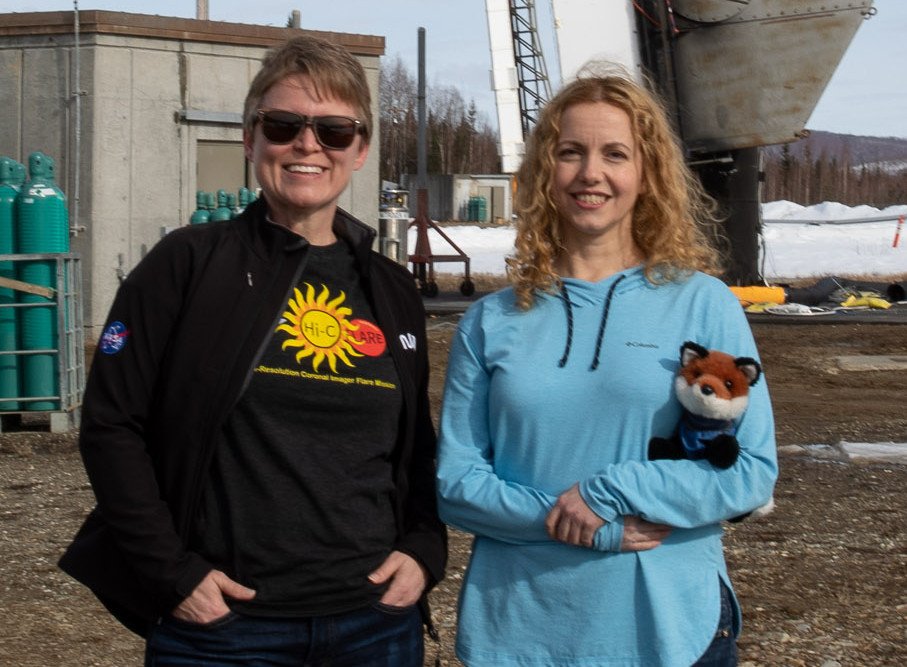
Glesener part of NASA's first solar flare observation campaign
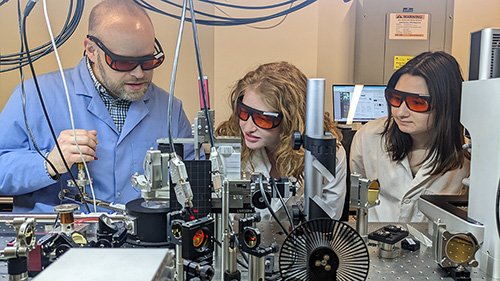
Inside Professor McLeod’s Nano-Imaging Laboratory
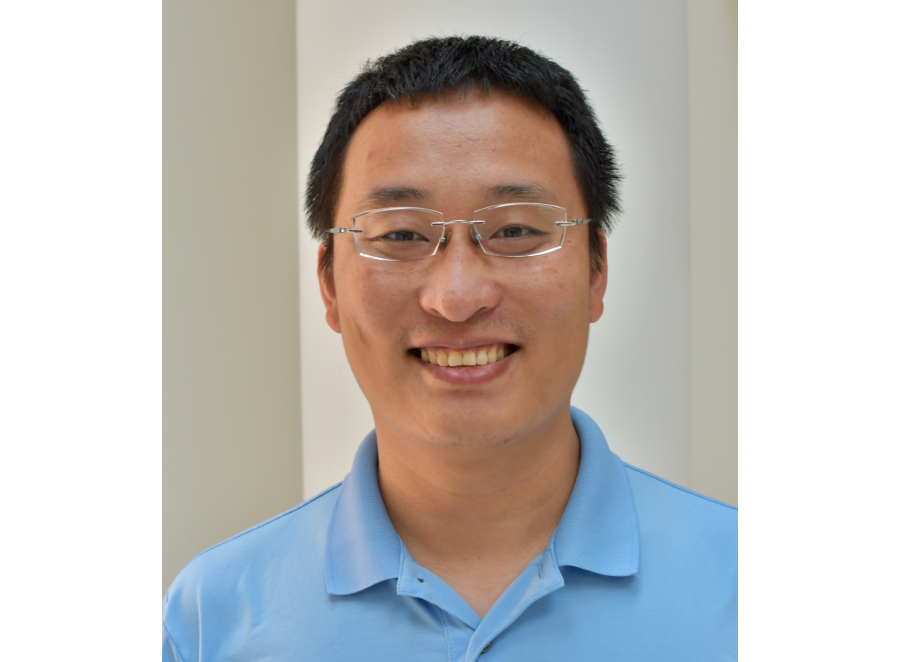
Liu receives prestigious Sloan Research Fellowship for early-career researchers
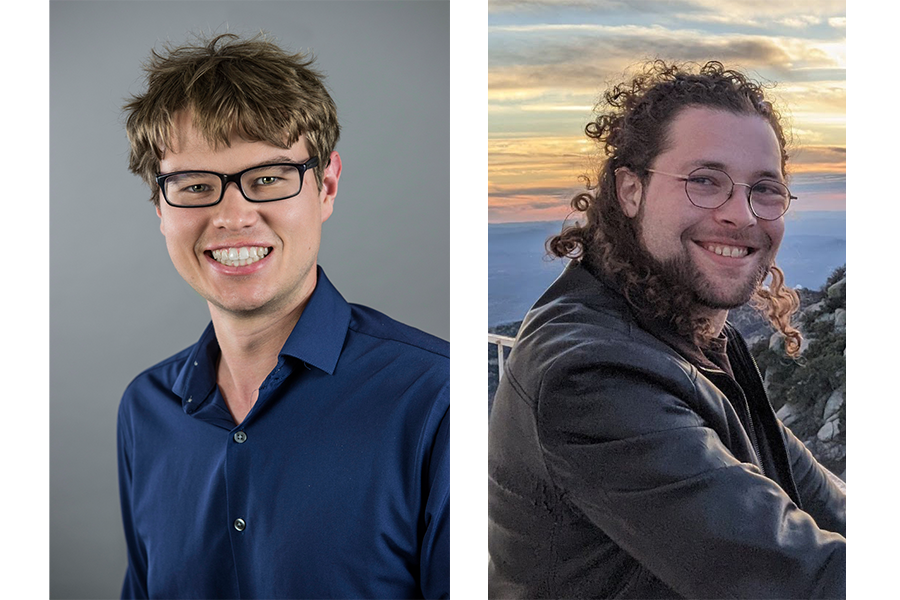
Coughlin and Criswell part of comprehensive UV light survey
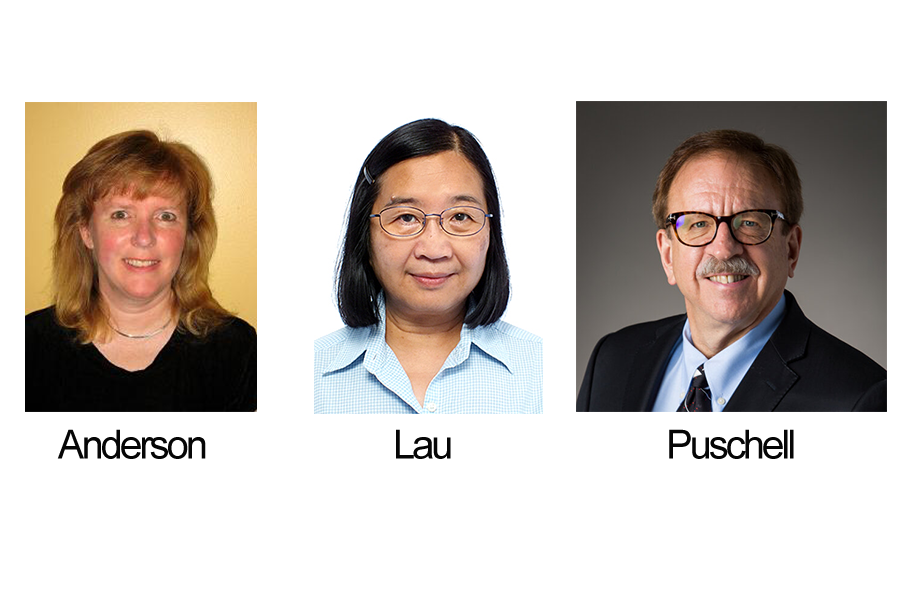
Three School Alumni elected to National Academy of Engineering
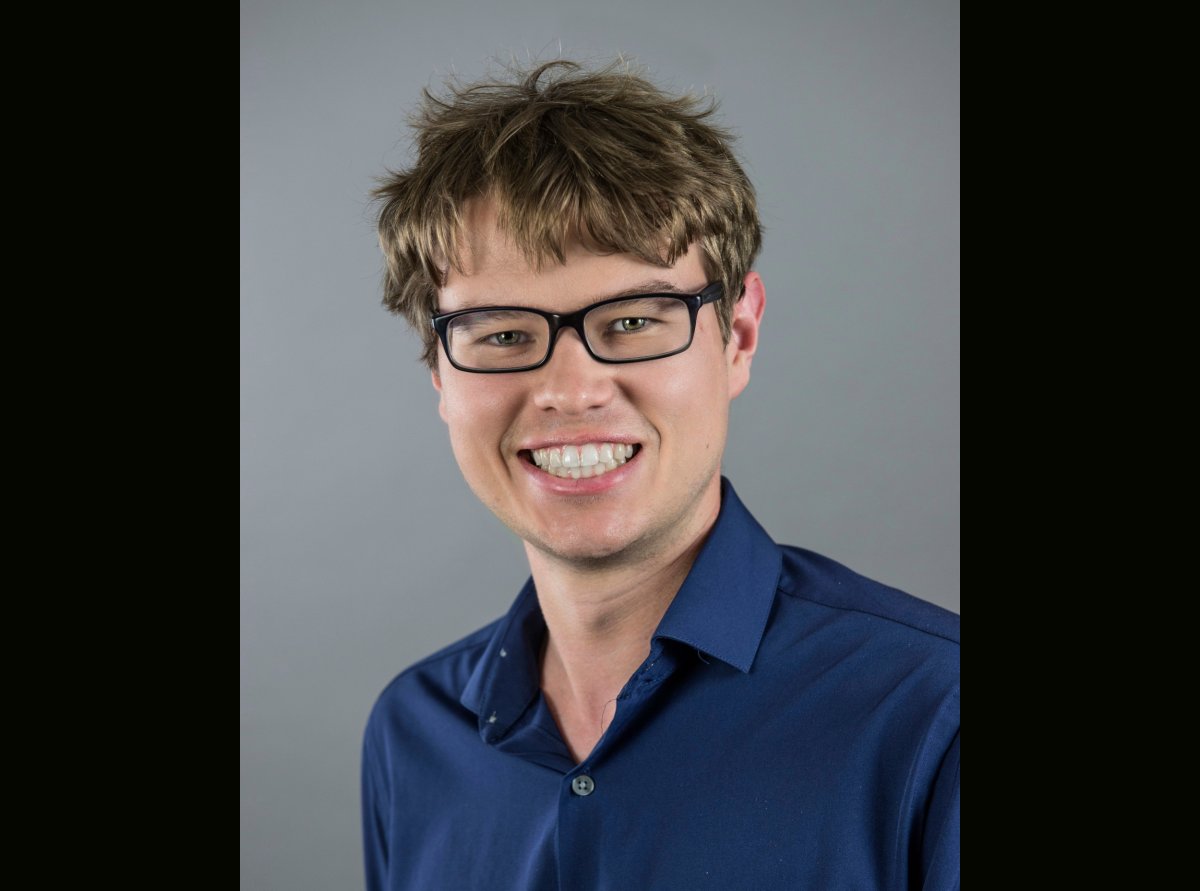
Coughlin receives McKnight Professorship

Humphreys Awarded Medal from Royal Astronomical Society
